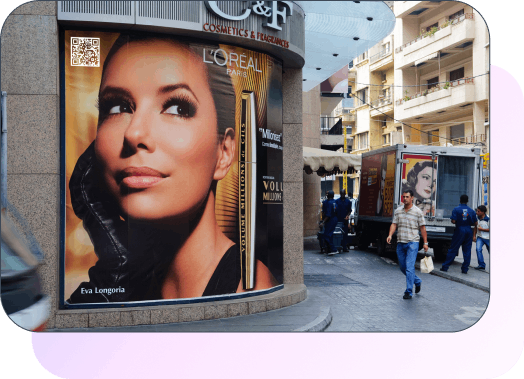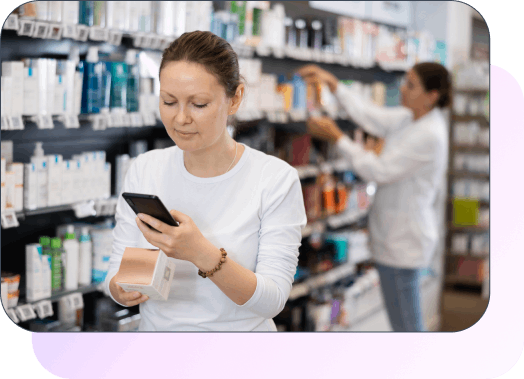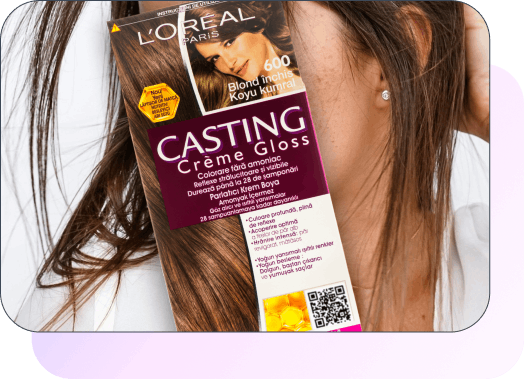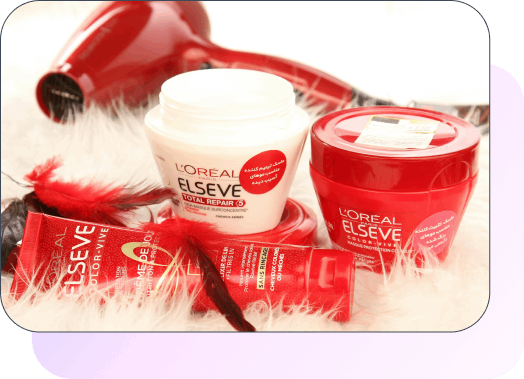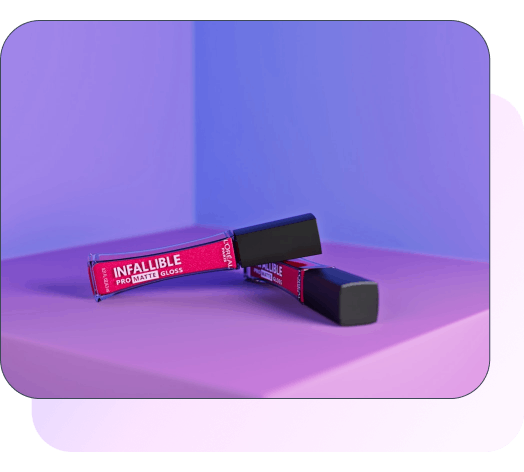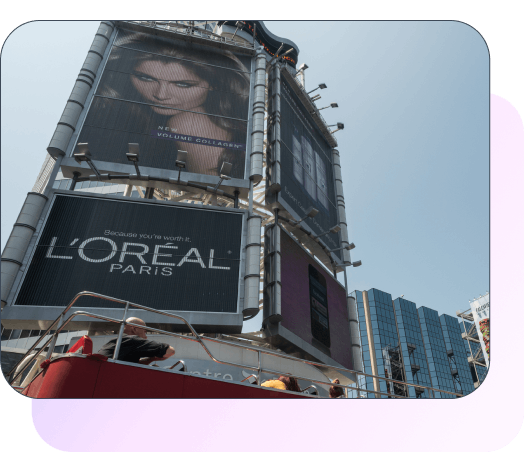L'Oréal's solution was elegantly simple yet highly effective. The company placed QR codes directly on product packaging, creating an instant bridge between the physical product and digital educational content. When customers scanned these codes using their smartphones, they gained immediate access to comprehensive beauty resources specifically related to their chosen product.
The video QR codes linked to a curated collection of video tutorials featuring professional makeup artists and beauty experts demonstrating proper application techniques. These weren’t generic beauty tips, but content specifically created for each product, showing customers exactly how to achieve optimal results with their purchase.
L'Oréal deployed a comprehensive QR code strategy across different product categories and retail environments. The implementation included multiple QR code types designed to maximize customer engagement and business outcomes:
Product-Specific L'Oréal QR Codes
Product-specific L'Oréal QR codes represented the core of the strategy, with each code carefully tailored to provide relevant guidance for individual items. For foundation products, customers could access advanced color matching tools that helped them select the perfect shade based on their skin tone and undertones. The codes also linked to professional application tutorials showing step-by-step techniques for achieving flawless coverage.
Skincare products featured L'Oréal QR codes that provided comprehensive ingredient breakdowns, explaining the benefits of key components and how they work together. Customers could learn about proper application order, timing between products, and complementary items that would enhance their skincare routine effectiveness.

Dynamic Campaign Codes
L’Oréal was able to maintain fresh, relevant content without the expense and logistics of changing physical packaging thanks to dynamic QR codes. These codes automatically updated to reflect seasonal beauty trends, new application techniques discovered by their beauty experts, and customer-requested tutorials based on popular inquiries.
The dynamic nature enabled rapid response to beauty trends and viral social media techniques. When a particular makeup look gained popularity online, L'Oréal could quickly create tutorials featuring their products and push this content through existing QR codes, keeping customers engaged with current and relevant information.
This approach also supported A/B testing of different content types and formats, allowing the company to optimize engagement rates and conversion effectiveness based on real customer behavior data.
Promotional L'Oréal QR Codes
Limited-time promotional codes created urgency and excitement around specific product launches and seasonal campaigns. These codes often provided exclusive access to new products before general availability, making customers feel like VIP members of the L'Oréal community.
Special discount codes rewarded customers for engaging with the L'Oréal QR codes, creating positive reinforcement that encouraged continued usage. The exclusivity of these offers made customers more likely to scan codes regularly, not wanting to miss potential deals or early access opportunities.
Early access features allowed loyal customers to try new formulations and provide feedback, creating a sense of partnership between the brand and its most engaged consumers while generating valuable product testing data.
Community Integration Codes
Community-focused L'Oréal QR codes transformed individual product purchases into social experiences by connecting customers with user-generated content and peer reviews. Customers could access authentic before-and-after photos from real users, providing social proof that influenced purchasing decisions more effectively than traditional marketing materials.
The codes linked to customer tip-sharing platforms where experienced users shared application tricks, product combinations, and troubleshooting advice. This peer-to-peer learning environment enhanced customer satisfaction by providing practical, tested advice from people with similar beauty challenges.
Integration of the review QR allowed customers to read detailed feedback about products they were considering, while also providing a platform for satisfied customers to share their positive experiences, creating a virtuous cycle of engagement and social proof. For instance, Google review QR codes are widely used by many companies to give customers quick access to authentic reviews, boosting trust and transparency on their platforms.






